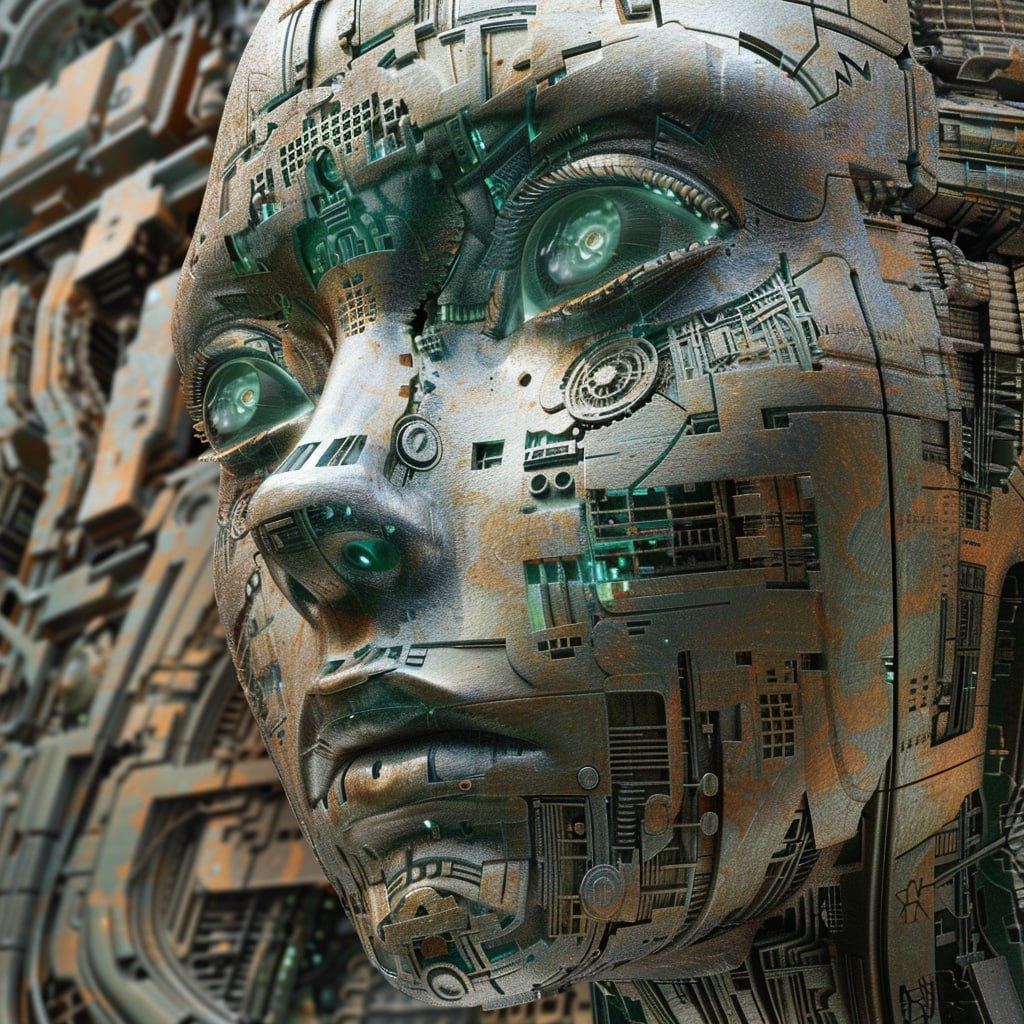
ALGORITHMS AND AI
The Importance of Data Processing and Algorithms in Digitization
Digitization processes generate a large amount of data that must be processed according to the guidelines and methods set by the project’s responsible structure. This activity, called data processing, relies heavily on the use of algorithms.
The term algorithm has ancient origins, dating back to the 9th century when science was dominated by the Arabic language, and Baghdad was the center of medieval mathematical culture. During that time, one of the most famous mathematicians (as well as an astronomer and geographer) was Muhammad ibn Musa al-Khwarizmi, a universal genius who founded algebra and named the calculation procedures used in the Middle Ages based on Arabic numerals. From Al-Khwarizmi came Algorithmus, which became Algorithm.
Until a few years ago, the term algorithm was obscure, often associated with nightmarish math problems for high school students. Today, following the IT revolution driven by the Internet, smartphones, apps, and social media, everyone talks about algorithms as almost magical processes that can do everything from large datasets, including influencing people's behavior on critical issues.
In computer science, algorithms primarily perform beneficial functions, particularly in the digitization of archival and documentary assets. In this field, they function as software programmed to autonomously perform various operations (conversion, measurement, transformation) on files to:
- Speed up processing time;
- Reduce the number of personnel required for processing;
- Improve the final result.
Digitization algorithms can perform various operations, some elementary such as rotation, resizing, cropping, color correction, image aggregation, and file organization. More complex operations include Optical Character Recognition (OCR), object detection, and content transformation.
The Evolution of Artificial Intelligence: From AI to Machine Learning to Deep Learning
In the realm of Artificial Intelligence, we are witnessing a transition from the concept of AI, which includes techniques that allow machines to mimic human behavior, to Machine Learning, which enables computers to learn autonomously without explicit programming. This evolution has led us to Deep Learning, an advancement in Artificial Intelligence that allows machines to create complex artificial neural networks. Thanks to this, machines not only learn but also create original connections that can contribute to knowledge development.
Computer Vision in the Context of Artificial Intelligence
Computer Vision is a discipline within Artificial Intelligence that relies on algorithms and techniques to enable computers to understand and interpret images. In document and archive management, Computer Vision can be used to automate and optimize tasks such as identifying, classifying, and organizing documents. By extracting visual features such as text, images, and layouts, Computer Vision enables efficient tagging and organization of archives, facilitating faster and more accurate search and retrieval of stored information.
The Importance of Data in Advancing These Technologies
To advance further, these technologies require large amounts of data. Fortunately, thanks to historical archive digitization projects, we can now collect a vast amount of data. This mutually beneficial relationship between data and technologies enhances the learning of systems and, in turn, contributes to the creative valorization of the data itself. This is a winning strategy for historical enterprises, which, through initiatives like those proposed by Made in Heritage, have the opportunity to fully exploit these potentials.

